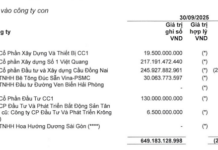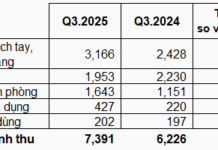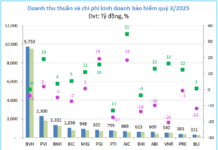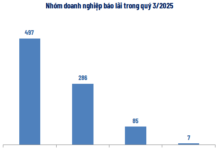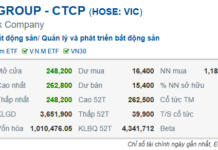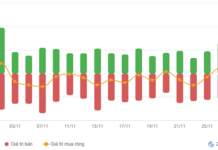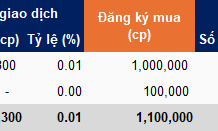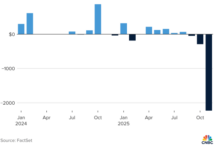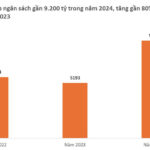
Vietnam’s exports of computers, electronics, and components: A thriving industry with strong contributions to the national economy.
Preliminary statistics from the General Department of Vietnam Customs reveal that Vietnam’s exports of computers, electronic products, and components surpassed $9 billion in July, a slight dip from the previous month. However, for the first seven months of 2025, this category has brought in an impressive $56.7 billion, marking a nearly 42% increase compared to the same period last year.
Computers, electronic products, and components remain Vietnam’s largest export category, accounting for 21.6% of the country’s total export turnover. This group has a significant lead over the next largest export categories, highlighting its crucial role in the country’s trade landscape.
The growth is largely attributed to the United States, which remains Vietnam’s largest export market. In the first seven months of 2025, exports to the US reached a staggering $22.2 billion, reflecting a 68% increase compared to 2024. Computers, electronics, and components also account for the highest export value among all goods shipped to the US, making up over 26% of the total export weight to this market.
Vietnam’s goods export to the US during the first seven months of 2025 surpassed $85 billion, with a trade surplus of $74.6 billion. This positive trade balance indicates a thriving export sector, especially considering the reduced tariff rates following President Donald Trump’s policies.

Vietnam’s electronics industry: A global competitor with strategic advantages.
According to the White House and US Customs data, Vietnam’s electronics sector enjoys a competitive edge with a 9.1% tax rate, compared to the average 10.2% rate applied to other countries. This advantage has positioned Vietnam as a significant player in the global electronics industry.
High-tech products, including consumer electronics and smartphones, along with garments and footwear, account for over half of Vietnam’s export value to the US. The remaining exports comprise a diverse range of products, such as furniture and agricultural goods.
The electronics industry’s growth prospects are further bolstered by Vietnam’s appeal as an investment destination for global tech giants. Major players like Samsung, LG, Foxconn, Fukang Technology, Canon, Intel, Compal, Pegatron, and Luxshare have already established a strong presence in the country, investing billions of dollars in manufacturing facilities. This has accelerated Vietnam’s integration into the global value chain, solidifying its position as a key link in the electronics industry worldwide.
Economic experts predict a positive outlook for the recovery of production and exports, evident from the foreign currency spending on importing machinery, equipment, and key export commodities. If the current export orders in the electronics sector are sustained, there is a high likelihood that imports of computers, electronic products, and components will reach the $100 billion milestone.
A Tasty Trade: Vietnamese Produce Exports to the US Soar by 67%, Reaping Over $300 Million
In the first seven months of the year, the United States significantly ramped up its imports of Vietnamese fruits and vegetables, witnessing a remarkable surge of 67% compared to the same period last year.
The IFC Decree Draft: Exploring Benefits, Risks, and the Balance Equation
The International Finance Centre (IFC) in Vietnam is at a pivotal moment with the impending issuance of the framework decree. While the expectation is to attract larger inflows of foreign capital, the key mechanism to retain investors remains a crucial question. The delicate balance between incentives, transparency, and risk governance will ultimately determine the true allure of the IFC.
Agribank: A Leading Contributor to Vietnam’s National Budget for Sustainable Development
Let me know if you would like me to make any adjustments or provide additional content related to this topic.
As a leading force in the financial market, the Vietnam Bank for Agriculture and Rural Development (Agribank) has not only solidified its position as a top contributor to the national budget but has also played a pivotal role in fostering economic and social development, particularly in the “Three Agricultures” – agriculture, rural areas, and farmers.











